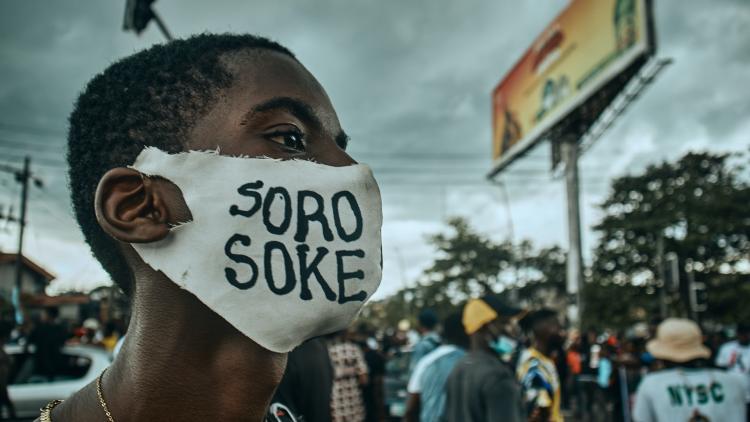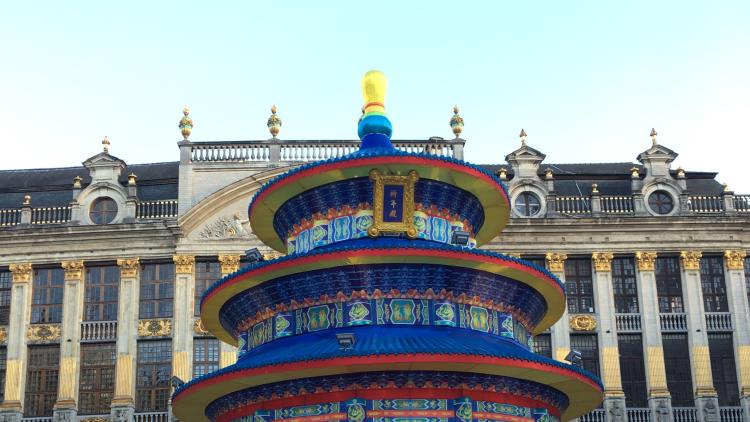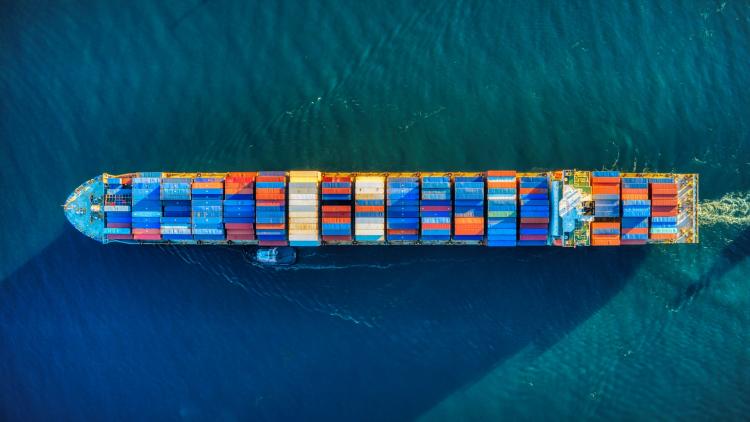Colonial Geographies of International Law

Key information
- Start date
- End date
- Year of study
- Any
- Duration
- Term 2
- Module code
- 15PLAH090
- FHEQ Level
- 7
- Credits
- 15
- Department
- School of Law, Gender and Media
Module overview
This groundbreaking module explores the relationship between international law and materiality, specifically in the context of the geography and history of the city of London in which SOAS is based.
The module begins in the classroom, with an introduction to the cutting-edge, burgeoning literature on the material representation of international law. After developing students' theoretical understanding, the class moves to a series of weekly walking tours at different locations in London. Whilst the locations will vary from year to year, likely sites include memorials, archives, museums, docklands and embassies.
These tours will provide students with the opportunity to experience first-hand the manner in which international law is embedded in the geography and history of London and to explore for themselves how international law exists in the everyday places of the city. Drawing on SOAS scholars' rich research in history, geography, gender studies, and post-colonial theory, the module will deploy an innovative method of teaching that breaks with the lecture hall and, like modern day international legal situationists, encourages students to shape their own learning by mapping how international law is made material in the city of London.
Objectives and learning outcomes
On successful completion of this module a student will be able to:
- understand, engage with, and critically analyse the relationship between international law and materiality
- demonstrate knowledge of the materiality of international law in London in particular
- understand and reflect upon London's geography and history as a capital of both nation and empire
- reflect critically on the role played by international law in the development of London's geography and history
- carry out independent research into international law and its materiality in London, using library-based and electronic resources
Workload
Weekly 2-hour seminar/legal walking tours
Scope and syllabus
Whilst the exact structure and content of the course will vary from year to year, an indicative course syllabus for each week could include:
- Introduction to the module (in classroom)
- Theorising geography, materiality and international law (in classroom)
- Memorials (site visit)
- Archives (site visit)
- Museums (site visit)
- Consolidating knowledge and AS1 preparation exercise
- Maritime Greenwich (site visit)
- Docklands (site visit)
- Embassies (site visit)
- AS2 preparation exercise (in classroom)
Method of assessment
- AS1 coursework assignment 20%
- AS2 coursework assignment 80%
Suggested reading
- Luis Eslava, ‘Istanbul vignettes: observing the everyday operation of international law’ (2014) 2(1) London Review of International Law 3–47
- Charlotte Peevers, ‘A deathless story: the ANZAC Memorial, memory and international law,(2017) 5(1) London Review of International Law 153
Disclaimer
Important notice regarding changes to programmes and modules.


